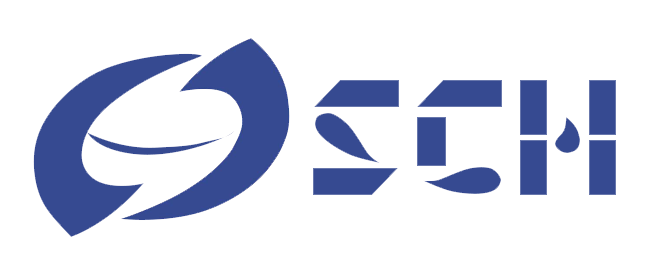Medical sewage refers to the sewage discharged by hospitals (general hospitals, professional hospitals and other types of hospitals) to the natural environment or urban pipelines. In addition to the general domestic sewage, the water quality also contains chemicals, radioactive waste water and pathogens. Therefore, it can only be discharged after treatment, especially the sewage discharged from infectious disease wards such as hepatitis can only be discharged after disinfection and sterilization.
In recent two years, various clinics (orthopedics, anorectal, internal medicine, stomatology and other clinics) have been widely concerned about the sewage discharge, which may be strictly required to implement the medical sewage discharge standards.
1、 Medical sewage testing standard
Gb18466-2005 discharge standard of water pollutants for medical institutions
This standard specifies the pollutant control items, discharge and control limits, treatment process and disinfection requirements, sampling and monitoring, and implementation and supervision of standards for medical institutions' sewage, waste gas and sludge produced by sewage treatment stations.
This standard is applicable to the control of sewage, sludge and waste gas discharge from sewage treatment stations, environmental impact assessment, environmental protection facility design, completion acceptance and discharge management after acceptance of medical institution construction projects. When the office area, non-medical living area and other sewage of medical institutions are collected together with the sewage of the ward, the comprehensive sewage discharge shall comply with this standard. For the medical institutions with separate sewage collection system, the discharge of sewage in the living quarters of non ward areas shall comply with the relevant provisions of gb8978.
2、 Medical sewage testing project of infectious diseases and tuberculosis medical institutions (25 items)
Fecal coliform, enteropathogenic bacteria, enterovirus, Mycobacterium tuberculosis, pH, chemical oxygen demand (COD), biochemical oxygen demand (BOD), suspended solids (SS), ammonia nitrogen, animal and vegetable oil, petroleum, anionic surfactant, chroma, volatile phenol, total cyanide, total mercury, total cadmium, total chromium, hexavalent chromium, total arsenic, total lead, total silver, total α, total β, total residual chlorine
3、 Medical sewage testing projects of comprehensive medical institutions and other medical institutions (24 items)
Fecal coliform, enteropathogenic bacteria, enterovirus, pH, chemical oxygen demand (COD), biochemical oxygen demand (BOD), suspended solids (SS), ammonia nitrogen, animal and vegetable oil, petroleum, anionic surfactant, chroma, volatile phenol, total cyanide, total mercury, total cadmium, total chromium, hexavalent chromium, total arsenic, total lead, total silver, total α, total β, total residual chlorine
4、 Monthly inspection project of comprehensive medical institutions medical sewage inspection project (16 items)
Fecal coliform count, chemical oxygen demand (COD), pH, biochemical oxygen demand (BOD), suspended matter (SS), ammonia nitrogen, anionic surfactant, chroma, volatile phenol, total cyanide, total cadmium, total chromium, hexavalent chromium, total lead, total silver, total residual chlorine
Note: there are also differences in the requirements of different regions. The specific situation depends on the requirements of the review department.
 Shen ChangHong
Shen ChangHong 





